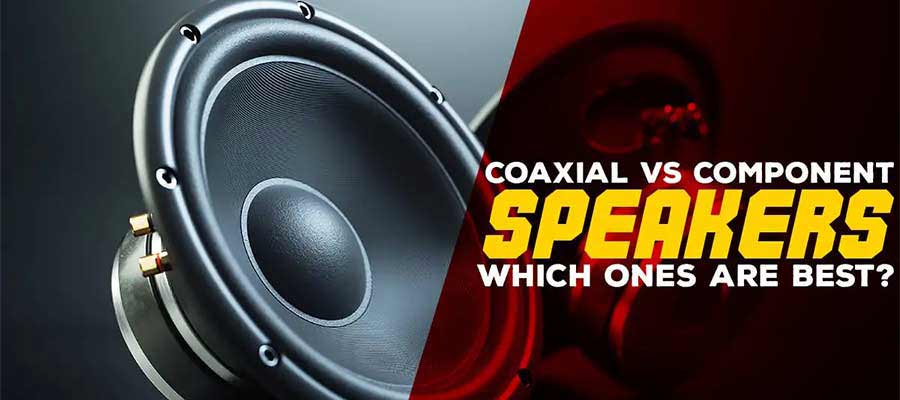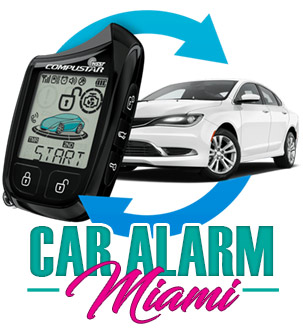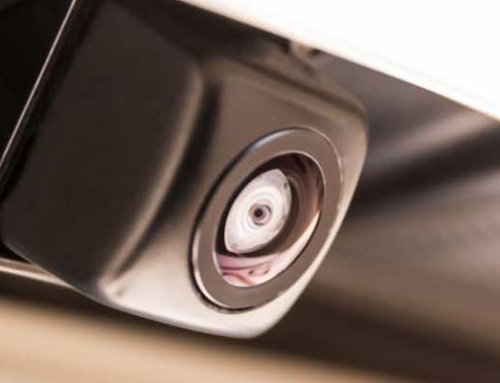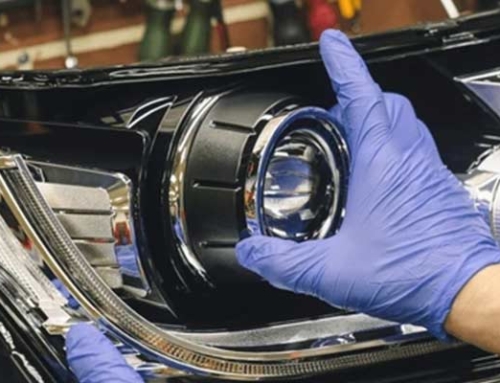
For as long as car audio in Miami has been famous, one question has haunted audio enthusiasts throughout the South Florida area and the world. That is what to choose: coaxial speakers or component speakers. For starters, anyone who says that one is better than the other is not only full of you know but also needs more understanding of the laws of physics governing car audio and sound reproduction in general.
So, what is the big deal? Well, first, let’s take a look at what component speakers and coaxial speakers are.
Coaxial Speakers: This typically generalizes a type of speaker where the tweeter, high frequency, and midrange or lower frequency driver are mounted in the same frame. Not to be confused with full-range speakers. Even though both drivers are mounted in the same frame, each has its own independent coil. For all intended purposes, they are two separate drives working together to cover a more comprehensive frequency range than one driver can do on its own. Coaxial speakers come in many configurations. Some of the most popular ones are tweeter and super tweeter, midrange, and tweeter, but the most common is a woofer with a tweeter. It is important to note that you will also find these with a tweeter, a mid, and a woofer in a three-way configuration. However, the proper label for this type of speaker is tri-axial.
There are also several chassis configurations. In the pro audio world, the tweeter or high-frequency drive is expected to be mounted behind the backplate of the woofer. It is not rare to find it screw right onto the vented pole piece. In the high-end home audio and studio monitor world, it is more common to find the tweeter embedded at the center of the woofer’s voice coil, where the dust cap would usually be. Aligning the two coils phase and time, aligning at the crossover point is a lot easier but, at the same time, complex. If done right, as companies like KEF and Tannoy are known for doing. This type of setup or chassis is called concentric. Although not very popular in the car audio world, there are available besides the point: who says that studio monitor speakers can’t be used in car applications? However, the most common coaxial found at a car stereo store in Miami are those with the tweeter mounted in a pole extension right in the middle of the woofer. Although good sound can be achieved and even bi-application, getting the timing and phase correct without DSP is very difficult.
Component Speakers: As the name denotes, speaker sets or kits have been pre-matched to work together. These are available in an infinite variety of chassis and mounting styles as segments of frequencies, including 2-way, 3-way, 4-way, and even 5-way. However, the two- and three-way variety should be the most common and suffice. If component speakers are known for anything, it has to be flexible. That is why so many professional car audio installers use them in competition. When trying to achieve the ideal “stage,” the ability to place and angle the mid-driver from the tweeter is critical. This task is usually performed by building kick panels at the footwell of the passenger and driver that allow the drivers to point up towards the vehicle’s roof somewhere in the middle between the driver and passenger.
What’s better, component speakers or coaxial?
This is better answered by your vehicle, budget, and the other components in your car’s audio system. A speaker is a speaker; the only reason that component speakers are generally considered better is that they are usually of better quality. However, know that coaxial speakers are out there that are less expensive than components. The type of material drives the cost of the speaker is made out of, how much human interaction is there in the process, and the level of quality control the manufacturer has in place. For example, companies like Pioneer Electronics may check one out of one thousand speakers made. On the other hand, high-end speaker manufacturers like Vifa, Dynaudio, and Focal will test one speaker out of every ten manufacturers, if not every speaker that comes out of the line! In the hierarchy of pricing and quality, coaxial seems to be at the bottom of the barrel, but know that this is only sometimes the case. If you are looking for a quick replacement or cheap upgrade to t a factory OEM speaker, a coaxial is the speaker for you. On the other hand, if your hearing is a little more sophisticated and you plan to have a multi-amp auto sound system, it may be more adequate.





